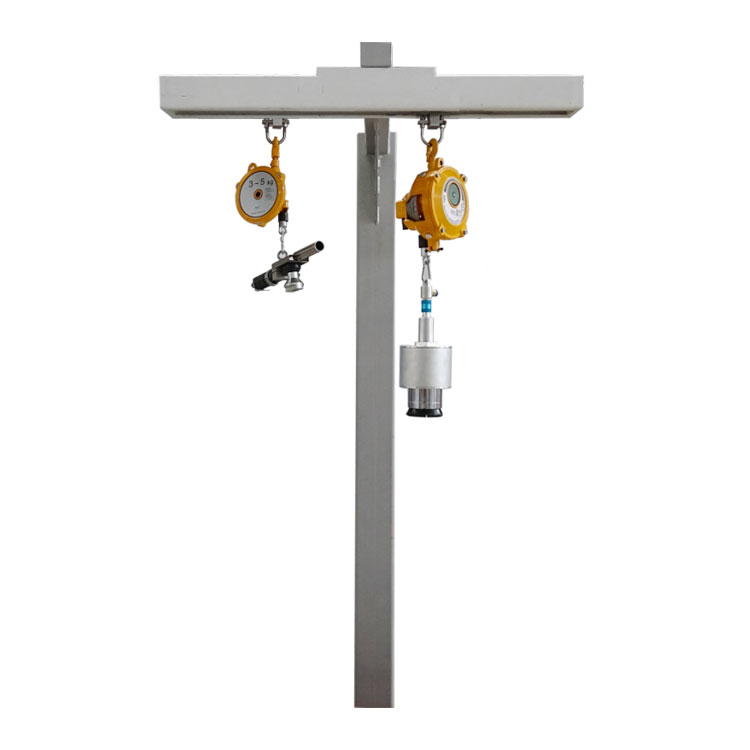Sustainable Sealing: Environmental Considerations for Handhold Cap Screw Machines
2024-04-24
Handhold cap screw machines are indispensable tools in manufacturing, offering efficient and precise sealing of containers with caps. While these machines contribute to production efficiency, there are environmental considerations associated with their use that manufacturers should be mindful of. In this blog, we'll explore these considerations and discuss ways to minimize the environmental impact of handhold cap screwing machines.
1. Energy Consumption:
Like any machinery, handhold cap screw machines consume energy during operation. Depending on the power source (electricity, pneumatic, or battery-powered), the energy efficiency of the machine can vary. Opting for energy-efficient models and implementing measures to reduce energy consumption, such as optimizing production schedules and using energy-saving features, can help minimize environmental impact.
2. Material Usage:
Handhold cap screw machines use materials such as plastics, metals, and lubricants in their construction and operation. To reduce environmental impact, manufacturers can choose materials that are recyclable, biodegradable, or sourced from sustainable and eco-friendly sources. Additionally, implementing recycling programs for waste materials generated during production can help minimize environmental footprint.
3. Waste Generation:
The operation of handhold cap screw machines may generate waste in the form of packaging materials, discarded caps, and consumables such as lubricants and cleaning agents. Implementing waste reduction and recycling strategies, such as reusing or recycling materials whenever possible and minimizing single-use packaging, can help mitigate the environmental impact of waste generation.
4. Emissions and Air Quality:
If powered by internal combustion engines or pneumatic systems, handhold cap screw machines may produce emissions that contribute to air pollution. Choosing electric or battery-powered machines can reduce emissions and improve air quality in the manufacturing environment. Additionally, proper maintenance of pneumatic systems and regular inspection of combustion engines can help minimize emissions.
5. Noise Pollution:
The operation of handhold cap screw machines can generate noise pollution, which can impact both workers' health and the surrounding environment. Implementing noise-reduction measures, such as using sound-absorbing materials or enclosing noisy machinery, can help minimize the environmental impact of noise pollution.
6. Chemical Usage:
Chemicals such as lubricants and cleaning agents are often used in the operation and maintenance of handhold cap screw machines. Choosing environmentally friendly alternatives, such as biodegradable or non-toxic lubricants, and implementing proper handling and disposal procedures can reduce the environmental impact of chemical usage.
7. End-of-Life Disposal:
When handhold cap screw machines reach the end of their lifespan, proper disposal or recycling is essential to minimize environmental impact. Manufacturers can work with recycling facilities or participate in take-back programs to ensure that machines are disposed of responsibly and that components are recycled or reused whenever possible.
Conclusion:
While handhold cap screw machines offer significant benefits in manufacturing processes, they also pose environmental considerations that should be addressed to minimize their impact. By focusing on energy efficiency, material usage, waste reduction, emissions control, noise pollution, chemical usage, and end-of-life disposal, manufacturers can mitigate the environmental footprint of handhold cap screwing machines and contribute to sustainable manufacturing practices. By incorporating these considerations into their operations, manufacturers can achieve the dual goals of efficiency and environmental responsibility.



